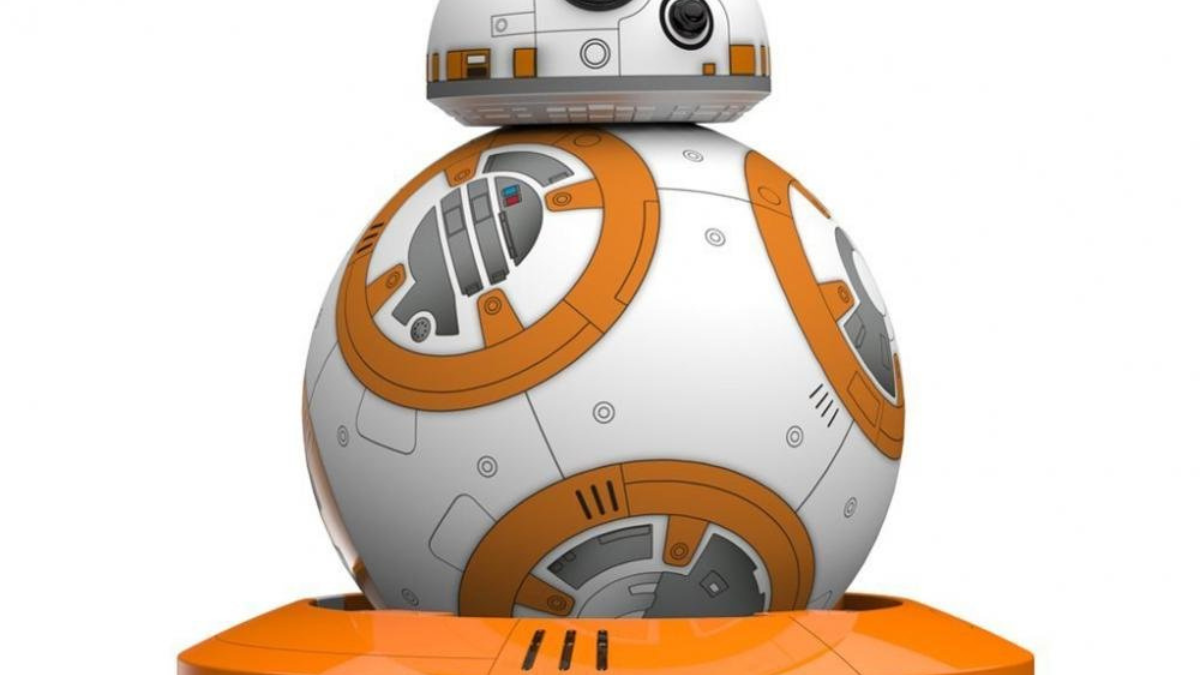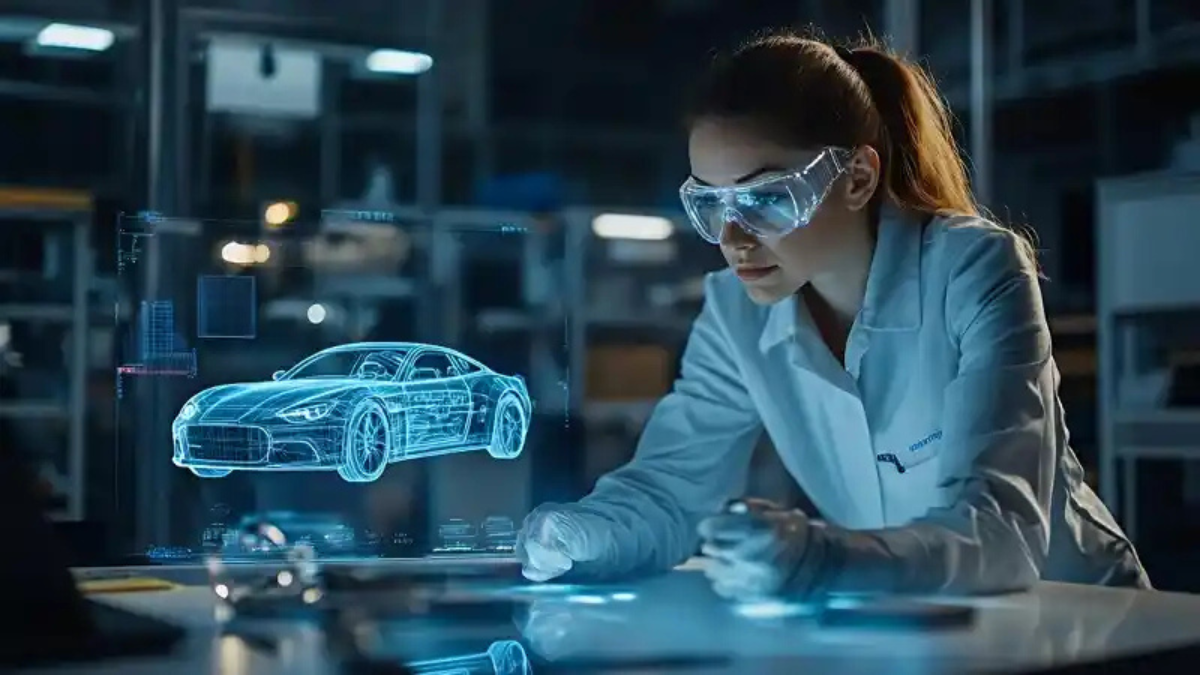When it comes to convenience and access to clean drinking water, a best water dispenser is an essential appliance for homes, offices, and public spaces. With various options available in the market, choosing the right one can be overwhelming. This comprehensive guide will help you understand everything about water dispensers, their types, features, and how to pick the best one.
Why You Need a Water Dispenser?
A water dispenser is designed to provide easy access to clean and hot or cold water instantly. It eliminates the need for frequent refilling and provides a hygienic solution for drinking water. Some key benefits of using a best water dispenser include:
- Instant access to hot and cold water
- Enhanced hydration habits
- Convenient for homes and workplaces
- Reduces the use of plastic bottles
- Provides purified and filtered water (for advanced models)
Types of Water Dispensers
Bottled Water Dispensers
These dispensers use large water bottles (usually 3 to 5 gallons) placed on top or bottom of the unit. They are commonly seen in offices and homes.
Pros:
- Easy to install and replace water bottles
- No plumbing required
- Available in hot and cold water models
Cons:
- Requires manual bottle replacement
- Can be costly over time
Point-of-Use (POU) Water Dispensers
POU dispensers are directly connected to the water supply, eliminating the need for water bottles.
Pros:
- No need for water bottle refills
- Continuous water supply
- Advanced filtration system included in some models
Cons:
- Requires professional installation
- Limited to areas with a water supply connection
Countertop Water Dispensers
These compact dispensers fit on kitchen countertops and are ideal for small spaces.
Pros:
- Space-saving design
- Portable and easy to use
- Available in electric and non-electric models
Cons:
- Limited water capacity
- May require frequent refilling
Features to Consider When Buying the Best Water Dispenser
Temperature Options
Most best water dispenser models offer hot, cold, and room-temperature water. Choose a model that meets your needs based on climate and personal preferences.
Filtration System
Advanced dispensers come with built-in filters that purify the water before dispensing. If you prefer cleaner and safer drinking water, opt for a model with an advanced filtration system.
Bottle Loading Type
- Top-loading dispensers: Easy to monitor water levels but require lifting heavy bottles.
- Bottom-loading dispensers: More convenient and ergonomic but might be pricier.
Child Safety Lock
For families with young children, a safety lock on the hot water tap is a crucial feature to prevent accidents.
Energy Efficiency
Look for energy-saving models with automatic shut-off features to reduce electricity consumption.
Best Water Dispensers of 2024
Here are some of the top-rated water dispensers in the market:
Primo Bottom-Loading Water Dispenser
Key Features:
- Bottom-loading design for convenience
- Hot and cold water options
- Energy-efficient cooling system
- Stylish and modern design
Avalon A5 Self-Cleaning Bottleless Water Cooler
Key Features:
- Direct connection to water supply
- Self-cleaning ozone feature
- Built-in filtration system
- Child safety lock
Brio Self-Cleaning Bottom Load Water Cooler
Key Features:
- Self-cleaning UV technology
- Cold, hot, and room temperature water
- Stainless steel design for durability
How to Maintain Your Water Dispenser?
To ensure the longevity and efficiency of your best water dispenser, follow these maintenance tips:
- Regular Cleaning: Clean the dispenser every 4-6 weeks to prevent bacteria buildup.
- Change Filters: If your dispenser has a filtration system, replace filters as recommended.
- Check for Leaks: Regularly inspect the unit for any leaks or malfunctions.
- Sanitize the Spouts: Use a vinegar or mild bleach solution to clean the water spouts.
(FAQs)
Q: How often should I clean my water dispenser?
A: It is recommended to clean your water dispenser every 4 to 6 weeks to maintain hygiene and efficiency.
Q: What is the difference between a top-loading and bottom-loading water dispenser?
A: A top-loading dispenser requires placing a water bottle on top, while a bottom-loading model stores the bottle at the bottom, making it more convenient to change.
Q: Can I use a water dispenser without electricity?
A: Yes, non-electric countertop water dispensers are available that provide room-temperature water without needing power.
Q: Do water dispensers come with a filtration system?
A: Some advanced models include built-in filtration systems, while others require an external water source or bottled water.
Q: Is a point-of-use water dispenser better than a bottled dispenser?
A: A point-of-use dispenser is ideal for those who want a continuous water supply and reduced plastic waste, but it requires plumbing connections. Bottled dispensers are more flexible and easier to install.
Conclusion
Investing in the best water dispenser can enhance your hydration habits and ensure clean, filtered water is always accessible. By considering the type, features, and maintenance requirements, you can choose the perfect dispenser for your needs. Whether you opt for a bottled, point-of-use, or countertop model, a water dispenser is a worthwhile addition to any home or office.



